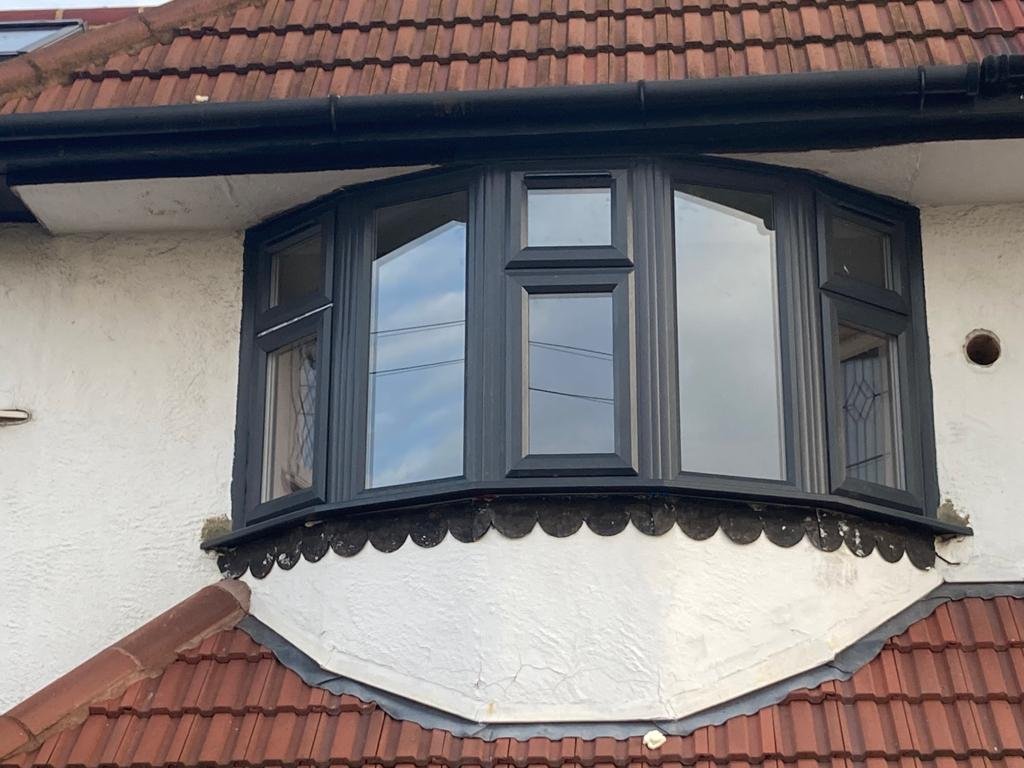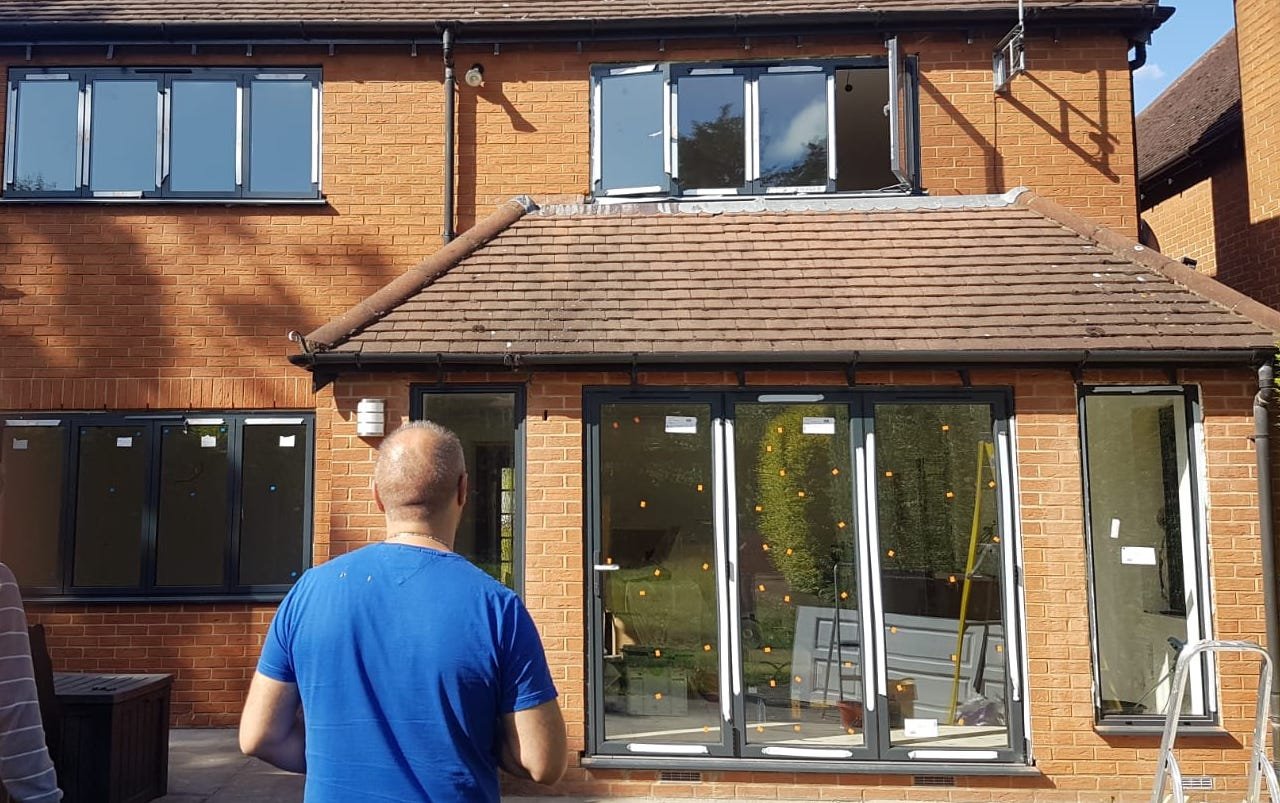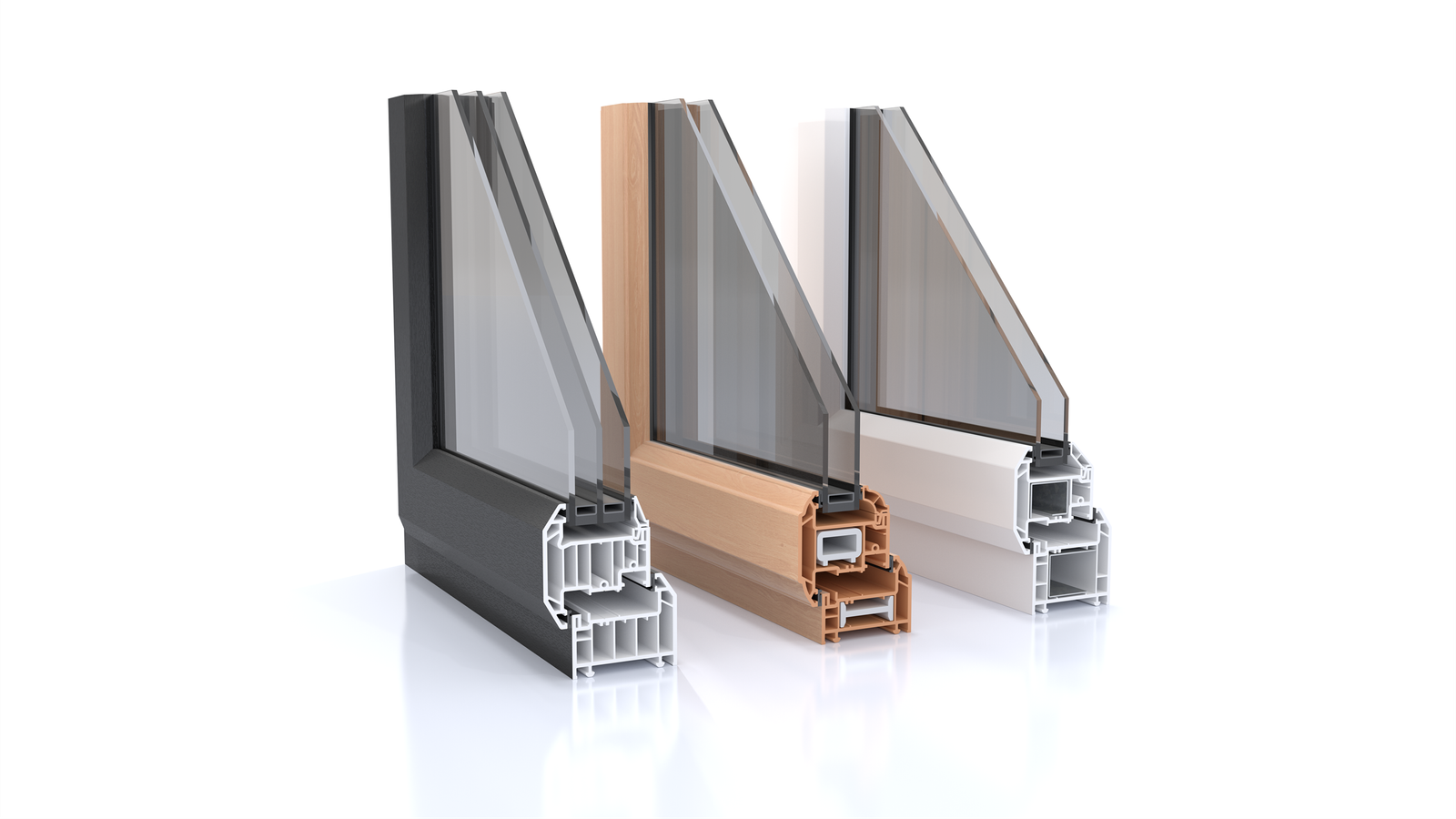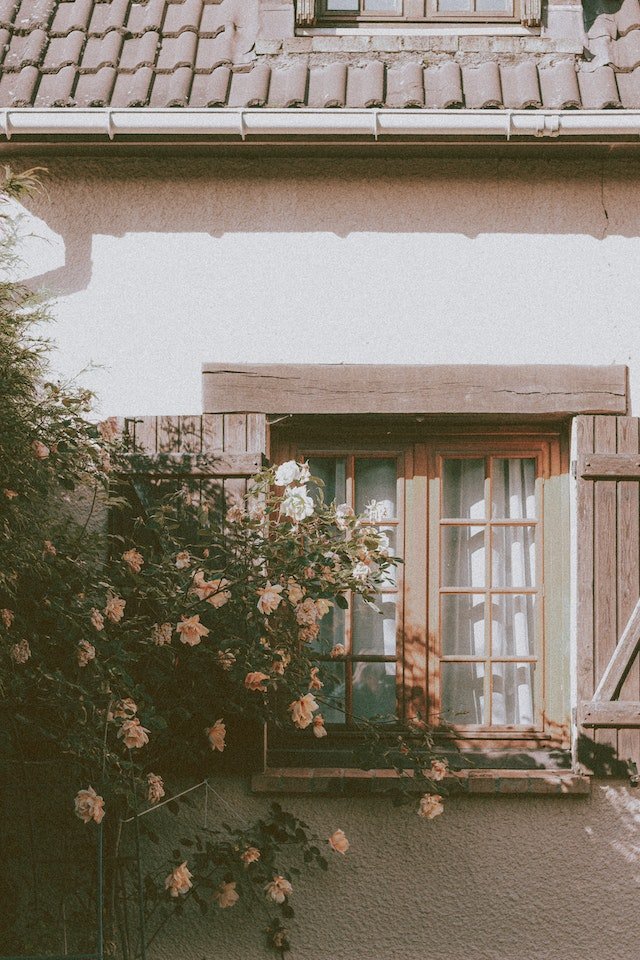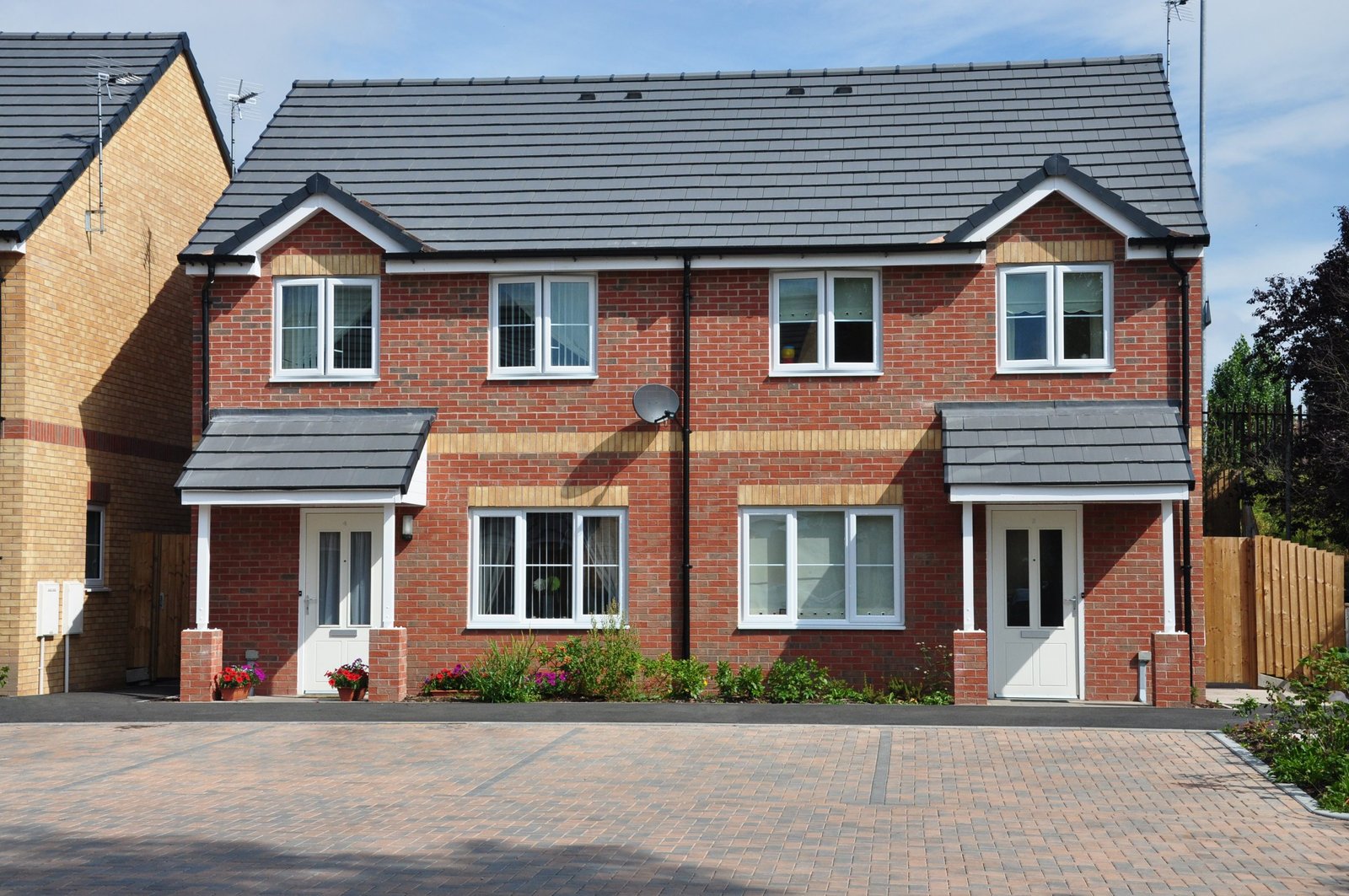Double glazing is a popular choice for homeowners who want to improve the energy efficiency and insulation of their homes. This process involves fitting two panes of glass into a window frame with a gap between them, which is then filled with gas to reduce heat loss. However, the choice of material for the frame can make a significant difference to the effectiveness of the double glazing, as well as its appearance and cost. Ada Windows does not manufacture or install timber windows, however, we thought it would be a good idea to compare with UPVC and aluminium, which it manufactures and installs. In this article, we will compare the advantages and disadvantages of timber, UPVC, and aluminium double glazing, and explore what customers need to think about when choosing them.
Timber Double Glazing
Advantages:
- Aesthetics: Timber frames have a classic and natural look that can enhance the appearance of period and traditional homes.
- Insulation: Timber is a natural insulator, which means that it can help to retain heat and reduce noise pollution.
- Eco-friendliness: Timber is a renewable and sustainable material, which makes it a more environmentally friendly option than UPVC or aluminium.
Disadvantages:
- Maintenance: Timber requires regular maintenance to prevent rot, warping, and decay. This can include painting, staining, and sealing the frames every few years.
- Cost: Timber is generally more expensive than UPVC or aluminium, which can make it less accessible for some customers.
- Durability: Timber frames are susceptible to weathering and insect damage, which can affect their lifespan and functionality.
UPVC Double Glazing
Advantages:
- Low Maintenance: UPVC frames require minimal maintenance, as they are weather-resistant and do not need to be painted or sealed.
- Affordability: UPVC is the most cost-effective material for double glazing, which makes it a popular choice for customers on a budget.
- Durability: UPVC frames are strong, durable, and long-lasting, which means that they can offer good value for money in the long term.
Disadvantages:
- Aesthetics: UPVC frames can look cheap and plastic-like, which may not suit the style of some homes.
- Environmental Impact: UPVC is a synthetic material that is not biodegradable, which can make it a less eco-friendly option than timber or aluminium.
- Insulation: UPVC is not a natural insulator, which means that it may not be as effective at retaining heat or reducing noise pollution as timber or aluminium.
Aluminium Double Glazing
Advantages:
- Strength: Aluminium frames are strong, lightweight, and resistant to weathering and corrosion, which makes them a durable option for double glazing.
- Aesthetics: Aluminium frames can be made in a range of colours and finishes, which can complement the style of modern and contemporary homes.
- Low Maintenance: Aluminium frames require minimal maintenance, as they are resistant to warping, rotting, and fading.
Disadvantages:
- Cost: Aluminium is generally more expensive than UPVC, which can make it a less accessible option for some customers.
- Insulation: Aluminium is a conductor of heat, which means that it may not be as effective at retaining heat or reducing noise pollution as timber or UPVC.
- Environmental Impact: Aluminium is not a renewable material, and its production can have a significant environmental impact in terms of energy consumption and carbon emissions.
Choosing the Right Material for Double Glazing
When choosing the material for double glazing, customers should consider the following factors:
- Aesthetics: The style and character of the home, as well as personal preferences, will influence the choice of material.
- Budget: The cost of the material and installation should be taken into account, as well as the long-term value and energy savings.
- Insulation: The effectiveness of the material at retaining heat and reducing noise pollution should be considered, along with the local climate and noise levels.
- Maintenance: The level of maintenance required for the material should be taken into account, as well as the durability and lifespan of the frames.
- Environmental Impact: The eco-friendliness of the material, including its production, disposal, and recyclability, should be considered in relation to personal values and priorities.
Conclusion
In conclusion, timber, UPVC, and aluminium double glazing all have their advantages and disadvantages, and customers should choose the material that best suits their needs and preferences. While timber offers a classic and eco-friendly option, it requires more maintenance and is generally more expensive. UPVC is the most affordable and low-maintenance option, but may not be as effective at insulation or as aesthetically pleasing. Aluminium frames offer strength, durability, and a modern look, but may be more expensive and less effective at insulation. Ultimately, customers should weigh up the pros and cons of each material and choose the one that provides the best balance of cost, aesthetics, insulation, maintenance, and environmental impact.





